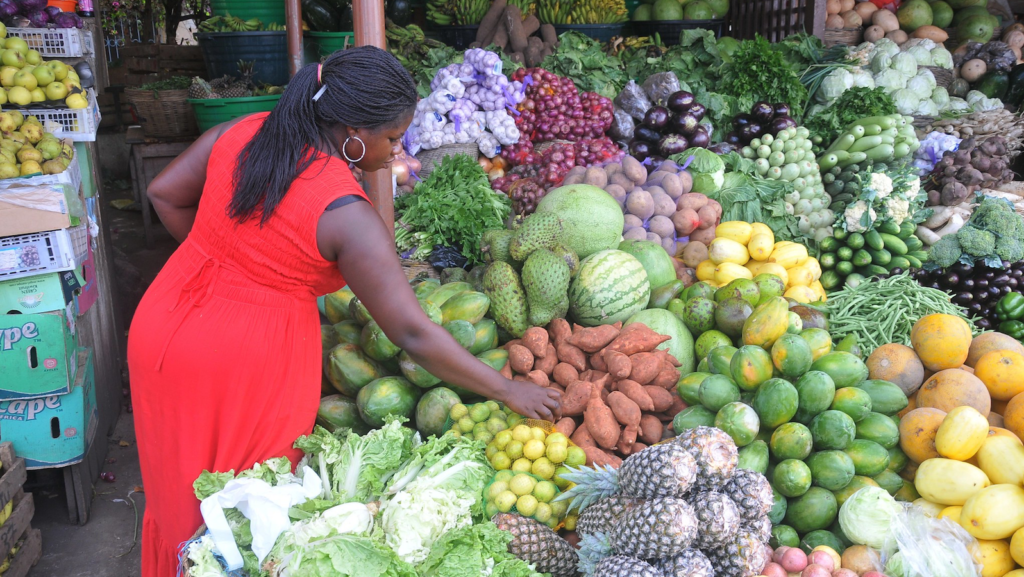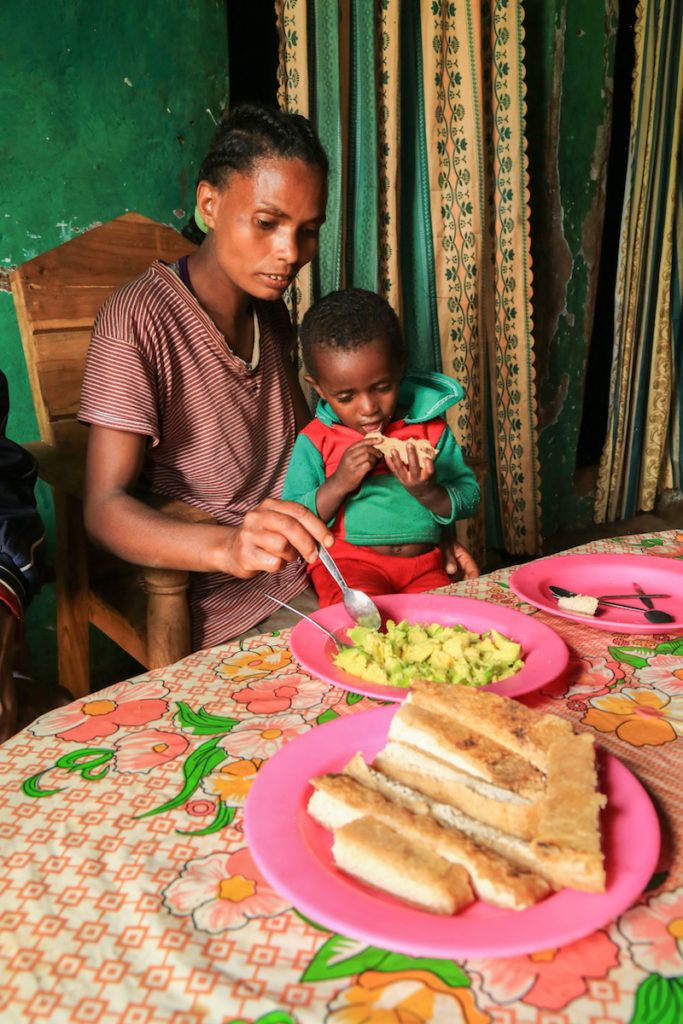Malnutrition remains a major global challenge, despite concerted efforts to improve the diets and health of especially women and children. Globally, 822 million people are chronically undernourished, 49.5 million children under five years of age are wasted, and 149 million children are still stunted. What’s more, girls who are undernourished before they are born and as children risk having low–birth weight babies later in life. As it stands, we are not on track to achieve the nutrition targets set under the Sustainable Development Goals.
Now, new research supported by USAID through the Feed the Future Innovation Lab for Small Scale Irrigation (ILSSI) is shining the spotlight on a so far under-appreciated avenue for improving nutrition: irrigation.

Irrigation can boost nutrition in ways both expected and surprising. This new knowledge has the potential to shape future irrigation initiatives and bring us one step closer to nutrition security for all, not least because it underpins a recently published World Bank guidance note on nutrition-sensitive irrigation and water management.
Irrigating for nutrition
ILSSI partners, notably the International Food Policy Research Institute (IFPRI), have found that irrigation has a strong, positive effect on a household’s economic access to food and dietary diversity. For example, irrigation allows smallholders to fill dietary gaps during the dry season and to consume more nutritious foods, such as vegetables and eggs, which are key for child growth and overall health.
“This research is important because it finally establishes that irrigation can contribute to improving nutrition, and it also shows precisely how it happens,” said ILSSI Director Nicole Lefore. “Being able to provide evidence on how irrigation leads to improved nutrition has important implications because it broadens the toolbox available to policy makers and investors working to improve nutrition in smallholder communities, while achieving climate resilience and water security.”
Understanding the pathways from irrigation to nutrition is of particular importance because while irrigation can improve nutritional status, pathways vary by location and context. In addition, various pathways can reinforce or cancel out each other. For example, irrigation could risk undermining nutrition and health goals by causing water pollution and water-related diseases, if not carefully designed.
In fact, until recently, the only link between water and nutrition that received interest and support was ‘WASH’, that is, water, sanitation, and hygiene, explained Claudia Ringler, deputy director of environment and production technology at IFPRI.
“There has been a sense that irrigation wasn’t really contributing to nutrition or to health, but rather that it was competing with and polluting water resources for domestic use,” said Ringler. “That’s the origin of this work – I wanted to really explore the role that irrigation can play for nutrition.”
Four pathways
Ringler and her colleagues identified four different pathways from irrigation to nutrition: through increasing farmers’ agricultural production, through increasing their income, through empowering women, and through providing water for domestic and sanitation purposes.
“Empowerment of women through irrigation, that’s probably something people don’t really think about as leading to better nutrition,” said Ringler. That irrigation can provide water for sanitation and hygiene, and thus improve nutrition, is also seldom recognized, she explained.

For example, drawing on data collected through household surveys in Ethiopia and Tanzania, Ringler and her colleagues found that irrigating households in both countries produced more vegetables, fruits and cash crops and had a higher production diversity and dietary diversity than non-irrigating households.
These positive outcomes were thanks in part to an increase in incomes. Farmers could spend more money on more diverse foods and health care. But, results also indicated that dietary diversity was greater in female-headed households, supporting the notion that empowering women translates into greater spending on nutritious diets.
Influencing irrigation investments
The World Bank published a guidance note on nutrition-sensitive irrigation and water management investments in August 2019, drawing on ILSSI’s research results.
“We were contacted by The World Bank, and they told us that our findings had inspired them to think beyond ‘WASH’ when it comes to water-nutrition linkages,” said Ringler.
The guidance note describes the four irrigation-to-nutrition pathways identified by IFPRI researchers, and suggests entry points for improving the nutritional outcomes of irrigation and water management investments, from the beginning of the planning process.
“What’s also very useful are the indicators the guidelines include, which allow projects to monitor, for example, the share of nutrient-dense crops irrigated, the number of food-insecure people served and the extent of women’s participation, and so on,” said Ringler. “Our hope is that other investors will also use these indicators to monitor whether their investments are contributing to nutrition goals.”
Publication of the guidelines in August 2019 coincided with World Water Week, where ILSSI results were presented in several sessions, informing discussions on how water and agricultural strategies can improve nutrition and on how to bridge the water–nutrition divide. Following these discussions, the African Union reported that it would communicate the session results to the Africa Green Revolution Forum in Accra, Ghana, and a project supported by the International Fund for Agricultural Development (IFAD) said it would further study the concept of dietary water productivity in five countries. Furthermore, The World Bank also committed to testing the new guidelines on nutrition-sensitive irrigation development in Uganda.

All of these stakeholders are collaborating and sharing evidence through the Water and Nutrition Working Group under FAO’s Global Framework on Water Scarcity in Agriculture in a Changing Climate, co-led by Ringler.
Making change in Ethiopia
National partners and policy makers in Ethiopia are also showing significant interest in ILSSI’s recommendations on how irrigation can improve nutritional status.
“When we first started the ILSSI project and began working with Ethiopian public health officials, they believed that irrigation would be bad for nutrition and health because of pollution, although they acknowledged that no data has been collected on this linkage,” explained Ringler.
But as research results emerge, perceptions are changing. After IFPRI researchers first presented their findings to an Ethiopian audience last year, the USAID Mission in Ethiopia and other national stakeholders have expressed interest in learning more.
“This interest demonstrates a potential for shifting to nutrition-sensitive irrigation investments in Ethiopia,” said Lefore. “We are showing that there is an opportunity to increase nutrition security by supporting farmers to invest in small scale irrigation and commercialize their production.”
This approach would not only raise the incomes of farmers – allowing them to boost the nutrition of their household – but also bring more diverse and nutritious foods to local and national markets for broader impact, Lefore explained.
Going forward, ILSSI seeks to respond to the major threat that climate change and weather variability pose to nutrition security in sub-Saharan Africa. Researchers are continuing studies to identify the linkages between nutrition, human resilience and weather extremes to better understand how irrigation might contribute to resilience – particularly food and nutrition security – during extended dry spells and droughts.


